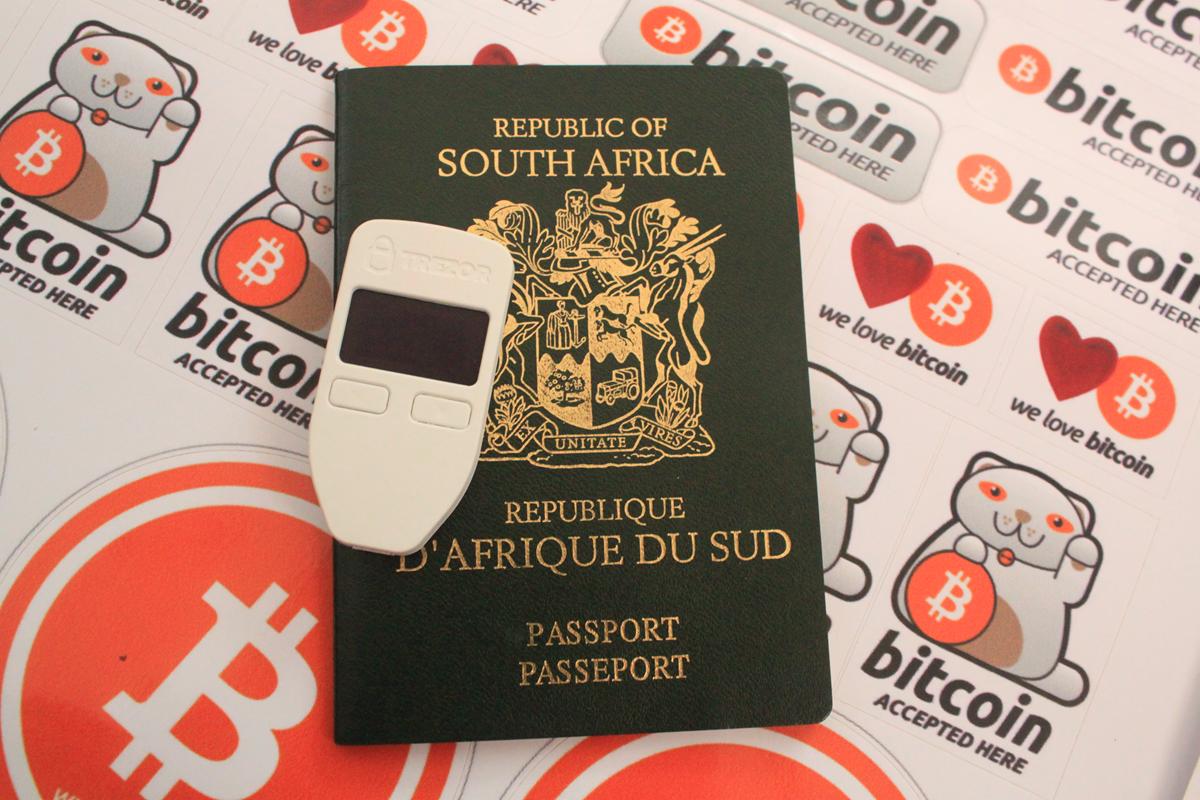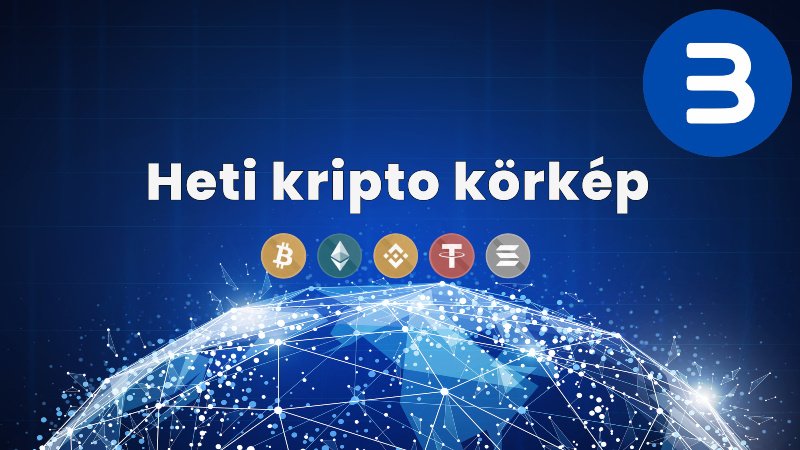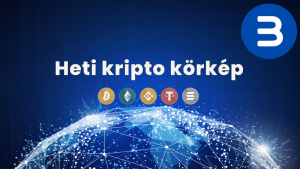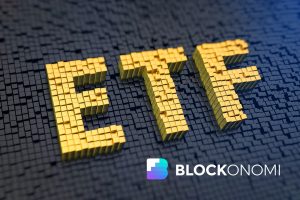Bitcoin vs. Solana – A Bitcoin Maximalist Breakdown
When it comes to freedom and monetary integrity, Bitcoin stands in a category of its own. Bitcoin is engineered to be permissionless, censorship-resistant, and sovereign, giving anyone in the world the ability to send, receive, and store value without reliance on intermediaries or approval from any authority. Its fixed supply of 21 million coins, enforced by a global network of independently run nodes, creates digital scarcity – the fundamental quality of sound money.
In contrast, Solana operates more like a high-speed tech platform than a monetary system. It relies on centralized infrastructure, mutable monetary policy, and a validator set that can coordinate and censor under pressure. These properties may enable faster transaction processing for certain use cases, but they compromise the attributes that make money resilient, neutral, and free. Bitcoin’s design is deliberately conservative and slow-moving – not because it lacks innovation, but because it prioritizes trust minimization and durability over performance. This is why Bitcoin is used as a store of value, adopted globally in high-inflation economies, and increasingly integrated into sovereign financial strategies. Solana, by comparison, remains a speculative smart contract platform with no credible path to monetary dominance.
Solana is often praised for its speed and throughput. But if you’re serious about decentralization, censorship resistance, and sound monetary policy, it fails on every critical front.
Below is a detailed critique of Solana from a Bitcoin maximalist perspective — followed by key questions every serious investor or builder should ask themselves.
1. Centralization by Design
- Solana validators require extremely high-performance hardware (128+ GB RAM, powerful CPUs, fast SSDs, constant upgrades).
- This creates a high barrier to entry for average users, concentrating validation power in the hands of data centers, exchanges, and institutional players.
- Fewer than 200 validators are responsible for producing and finalizing blocks. This small set of participants can be easily coordinated, surveilled, or coerced.
Ask yourself:
- Can anyone, anywhere affordably participate in securing the Solana network?
- If a blockchain depends on expensive hardware and private data centers, is it truly decentralized?
2. Frequent Network Outages
- Solana has experienced multiple complete network outages since 2020, including incidents that lasted over 17 hours.
- Each outage required coordinated restarts by core developers and validator node operators through centralized channels like Discord.
- This proves the network cannot operate without human intervention and lacks censorship resistance during failures.
Ask yourself:
- Would you trust your money on a network that can go offline and be rebooted by a few insiders?
- What happens in a crisis if the core team is unavailable or compromised?
3. Inflationary and Insider-Favored Monetary Policy
- Nearly half of SOL’s initial token supply was allocated to insiders: founders, VCs, and early investors.
- Solana uses an inflationary model, starting at ~8% annual issuance, slowly decreasing over time. Inflation goes to validators, which mostly include early insiders.
- These dynamics mirror the fiat system, where those closest to the money printer benefit the most.
Ask yourself:
- Are you comfortable holding an asset where insiders received large allocations before the public had access?
- If the monetary policy is changeable and inflationary, how is this better than fiat?
4. Proof-of-Stake Is Centralized by Nature
- Solana uses Proof-of-Stake combined with Proof-of-History. The more SOL you stake, the more influence you have in block production and consensus.
- This rewards wealth, not participation or work – leading to further centralization over time.
- Validators are financially incentivized to collude or censor when it benefits their position.
Ask yourself:
- Should influence over a monetary network be based on how many tokens someone owns?
- Can Proof-of-Stake prevent manipulation by rich actors or centralized exchanges?
5. Speed Over Security and Verifiability
- Solana prioritizes high throughput and low latency, boasting tens of thousands of transactions per second.
- This comes at the cost of verifiability – it’s extremely difficult for the average user to independently audit the chain.
- Fast block times result in more orphaned blocks, higher resource demands, and an increased reliance on trusted third parties to access data.
Ask yourself:
- Do you want a system that moves fast but becomes impossible to independently verify?
- Is speed more important than neutrality and auditability in a monetary system?
6. Solana Is a Tech Platform, Not Sound Money
- Solana’s main focus is smart contracts, NFTs, and DeFi applications — not monetary sovereignty.
- The platform is constantly changing, including codebase updates, feature changes, and tokenomic adjustments.
- Its goal is to be a fast, scalable blockchain for developers – not a base layer for uncensorable global value transfer.
Ask yourself:
- Are you looking for a place to build speculative apps or a network for long-term financial freedom?
- Will Solana’s monetary and governance model survive political pressure, regulatory attack, or global crisis?
7. Bitcoin’s Superior Fundamentals
- Bitcoin has a fixed supply of 21 million, secured by unchangeable consensus rules and verified by tens of thousands of nodes globally.
- Proof-of-Work ties network security to real-world energy expenditure, making attacks prohibitively expensive and transparent.
- Bitcoin has never had a day of downtime since its launch in 2009.
- Its monetary policy is predictable, deflationary, and immune to insider interference.
Ask yourself:
- Do you want a blockchain that prioritizes speed and flexibility, or one that guarantees censorship resistance and financial sovereignty?
- Which project has the greater chance of surviving 100 years unchanged?
| Feature | Bitcoin | Solana |
|---|---|---|
| Consensus Mechanism | Proof-of-Work | Proof-of-Stake + Proof-of-History |
| Monetary Policy | Fixed, 21 million | Inflationary, modifiable |
| Decentralization | Anyone can run a node | High-cost validator hardware required |
| Network Downtime | 0 since 2009 | Multiple major outages |
| Insider Advantage | No premine, fair launch | VC-heavy premine |
| Core Mission | Sound, sovereign money | High-performance smart contract layer |
| Governance | Protocol rules enforced by nodes | Developers + validators coordinate |














Post Comment